Lima Site 85: How a CIA Helicopter Defended a Secret U.S. Radar Facility
During the Vietnam War, a CIA-operated Bell 205 helicopter made history by shooting down a modified North Vietnamese An-2 bomber near Lima Site 85, a secret U.S. radar facility in Laos. This event, marked by ingenuity and daring, showcased the unconventional warfare tactics that defined the conflict
In the history of covert military operations, few incidents match the audacity and engineering of the shootdown of a modified North Vietnamese An-2 transport plane converted to a bomber by a CIA-operated helicopter in Laos. This event occurred during the Vietnam War, a conflict marked by unconventional warfare and daring missions.
The stage for this incident was Lima Site 85, a secret United States Air Force radar installation located atop Phou Pha Thi, a remote mountain in northeastern Laos.
Established in 1966, Lima Site 85 was crucial for guiding bombing missions over North Vietnam. Operated in secrecy and defended by CIA-backed forces, including Hmong irregular troops, the site’s existence was shrouded in layers of secrecy.
Lima Site 85 played a key role in the U.S. bombing campaign against North Vietnam due to its strategic location and advanced radar technology. The installation featured the AN/TSQ-81 radar system, part of the innovative Commando Club program.
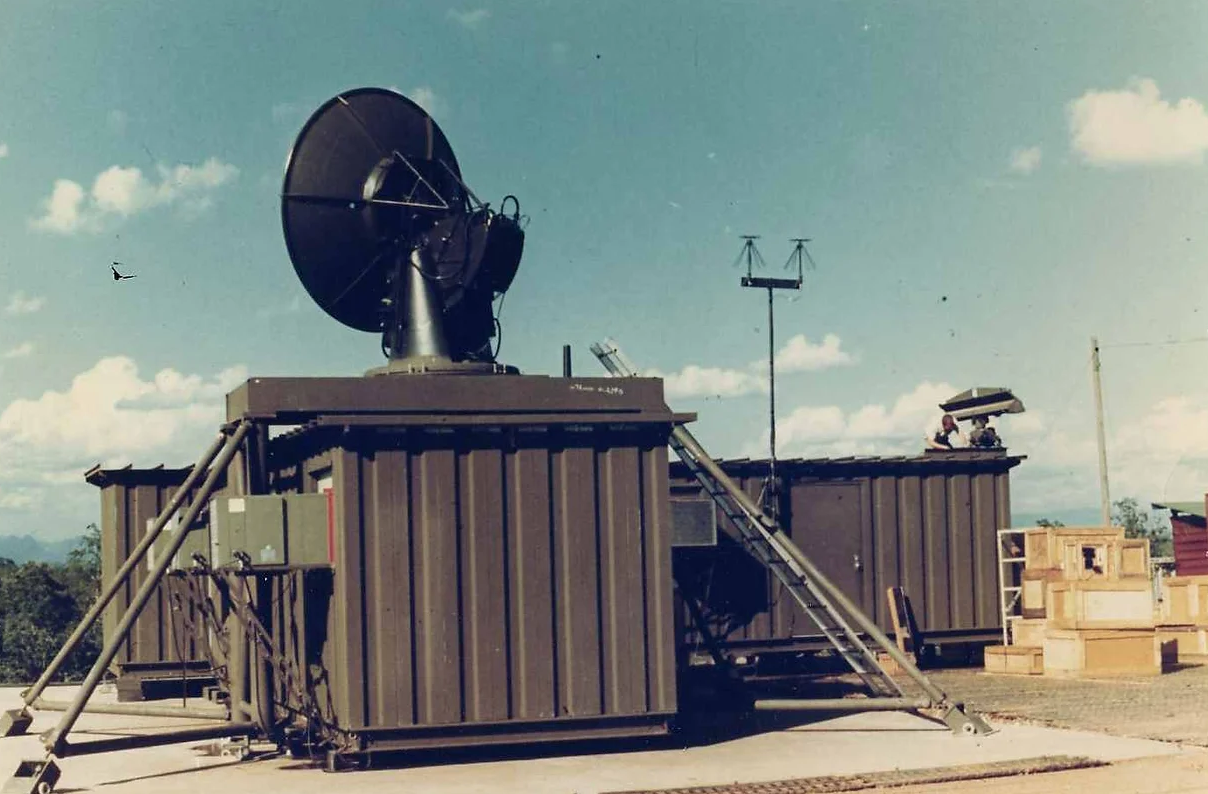
This radar enabled precision-guided bombing in all weather conditions, a critical capability in a conflict where poor visibility often hindered air operations. By directing attacks, the radar significantly increased the effectiveness of U.S. bombing campaigns against key North Vietnamese targets.
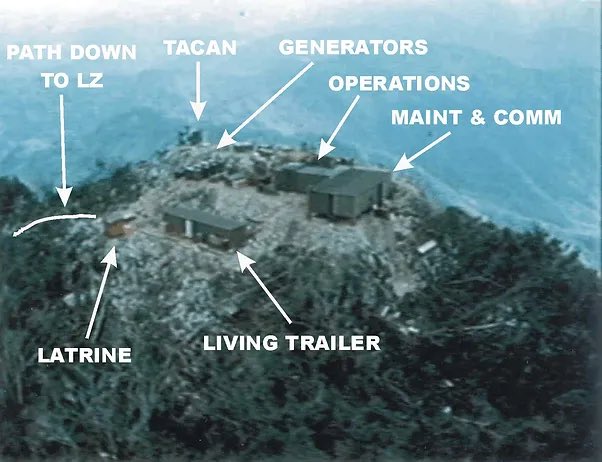
In addition to the AN/TSQ-81, the site employed a tactical air navigation (TACAN) system, providing navigation assistance to combat aircraft operating in the region. The combination of these technologies made Lima Site 85 indispensable to U.S. military operations, rendering it one of the most valuable and vulnerable facilities in the theater of war.
The attack
On a tense morning in early 1968, a North Vietnamese Army (NVA) An-2 approached Lima Site 85, aiming to disrupt operations and test the defenses of the highly classified installation. The An-2, a tactical transport biplane, was modified to deliver munitions and supplies through floor openings in its cabin, making it a versatile tool for the NVA.
It was armed with 57 mm folding-fin rocket launchers capable of 12 shots under each lower wing, along with 20 rounds of 250 mm mortar bombs equipped with aerial bomb fuzes, placed in vertical tubes in the aircraft's cargo hold.
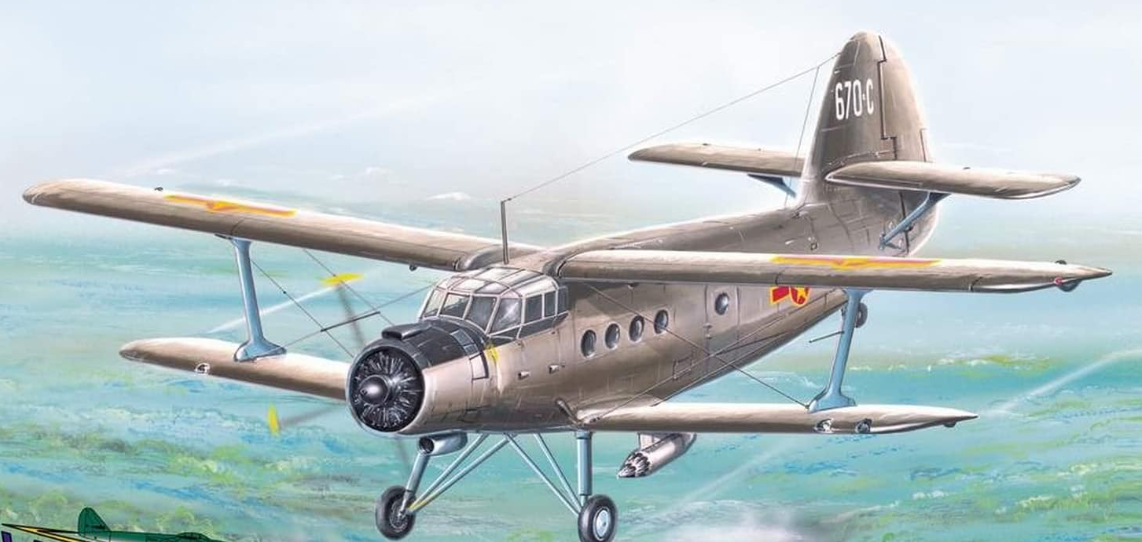
These bombs were dropped through holes cut into the cargo hold floor. Simple hinged bomb bay doors covered these holes during flight, and the pilot could release the entire bomb load by opening these doors.
As the An-2 approached the site, U.S. personnel detected its presence in the sky. The situation called for immediate action. Given the covert nature of the operation and the lack of conventional military support, the defense of Lima Site 85 fell to an unconventional force: a Bell 205 helicopter operated by Air America, a CIA company.
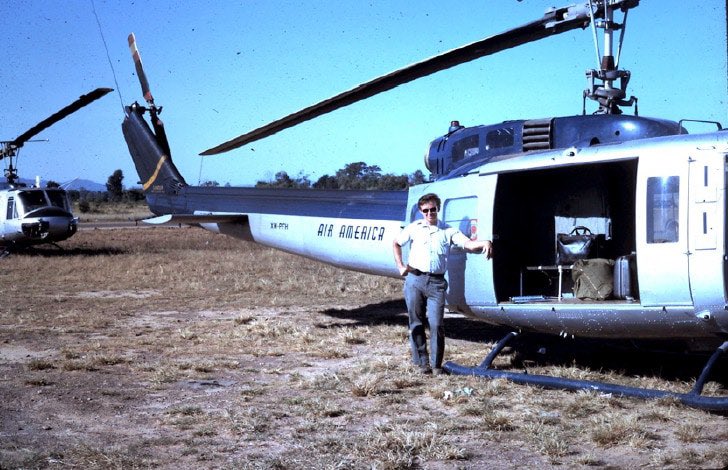
The Air America Bell 205, a civilian version of the military UH-1 Iroquois (Huey), was not designed for air-to-air combat. However, its crew—experienced pilots and support members—were accustomed to operating in dangerous conditions. As the An-2 approached, the Bell 205 climbed to intercept the enemy aircraft.
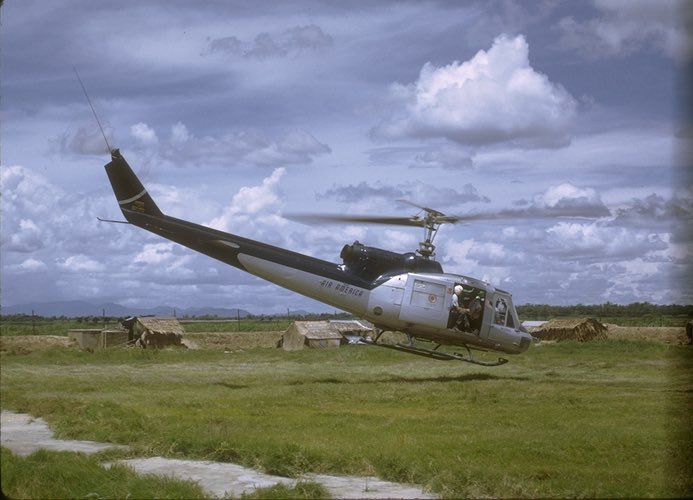
Armed only with an AK-47, the helicopter’s crew chief faced the daunting task of engaging a much larger An-2. The Bell 205 maneuvered skillfully, exploiting its agility and the biplane’s relatively low speed to close in. At one point, the crew chief found himself in a favorable position and fired from the helicopter’s side door, aiming directly at the An-2’s engines and fuselage.
The shootdown
The sustained fire from the AK-47 proved effective. The bullets struck the biplane, causing critical damage to one of its engines. The transport aircraft, unable to maintain altitude, began to lose control. Moments later, it crashed into Laos’s rugged terrain, marking the first recorded victory of a helicopter over an airplane in air-to-air combat.
The shootdown of the An-2 highlighted the ingenuity and determination of the personnel defending Lima Site 85. Despite inherent risks and equipment limitations, they successfully neutralized a significant threat. This event underscored the unconventional tactics employed during the Vietnam War and the unique challenges faced by those operating in covert environments.
The significance of Lima Site 85 became even more evident weeks later when the site was overrun by North Vietnamese forces in a dramatic and costly assault. The loss of Lima Site 85 represented the greatest ground combat personnel loss for the U.S. Air Force during the war and underscored the vulnerability of remote installations in hostile territories.

/https://aviacionlinecdn.eleco.com.ar/media/2025/01/lima_site_85_4.jpeg)
Para comentar, debés estar registradoPor favor, iniciá sesión